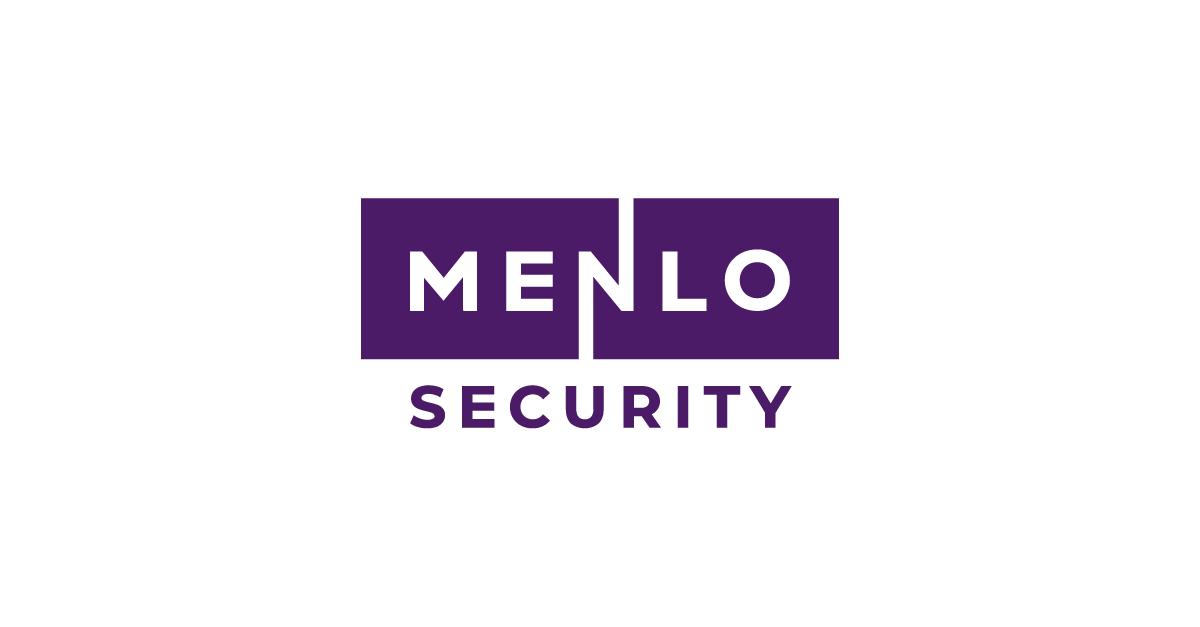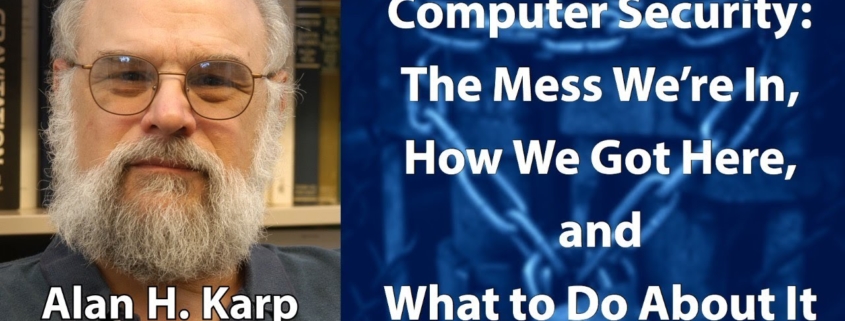Menlo Security Launches Free Security Assessment Toolkit to Help Companies Identify Highly Evasive Adaptive Threats (HEAT) Fueling Ransomware & Data and Credential Theft
MOUNTAIN VIEW, Calif.–(BUSINESS WIRE)–Menlo Security, a leader in cloud security, today announced that it has released the HEAT Security Assessment Toolkit designed to provide organizations with the ability to assess their levels of protection and current exposure to Highly Evasive Adaptive Threats (HEAT). Since July 2021, Menlo Security has seen a 224% increase in HEAT attacks. These attacks allow threat actors to deliver malicious content, including ransomware, to the endpoint by adapting to the targeted environment. The HEAT Security Assessment Toolkit includes a HEAT Check test and a HEAT Analyzer that runs on the Splunk Platform. The HEAT Check enables customers to run a light penetration test to identify if they are susceptible to HEAT attacks. The Menlo Security HEAT Analyzer App for Splunk provides organizations with visibility around HEAT attacks that their network may have been exposed to over the past 30 days.
What is a HEAT Attack?
Highly Evasive Adaptive Threats (HEAT) are a class of cyber threats targeting web browsers as the attack vector and employs techniques to evade multiple layers of detection in current security stacks including firewalls, Secure Web Gateways, sandbox analysis, URL Reputation, and phishing detection. HEAT attacks are used as the initial access point to deliver malware or to compromise credentials, which in many cases leads to ransomware attacks.
“Ransomware, data and credential theft and other malware are on the rise. Couple this with the Log4J vulnerability, the Lazarus and Conti groups increased attacks targeting web browsers and the result is security teams worldwide facing a nearly non-stop barrage of incidents,” said John Grady, Senior Analyst, ESG. “Tools such as the HEAT Security Assessment can help ensure companies are aware of potential attacks before they have a chance to happen.”
HEAT Security Assessment Toolkit
The HEAT Security Assessment Toolkit provides a lightweight penetration and exposure assessment to help an organization better understand their susceptibility to HEAT attacks.
“HEAT attacks are defined by the techniques that adversaries are increasingly using to evade detection by traditional…



